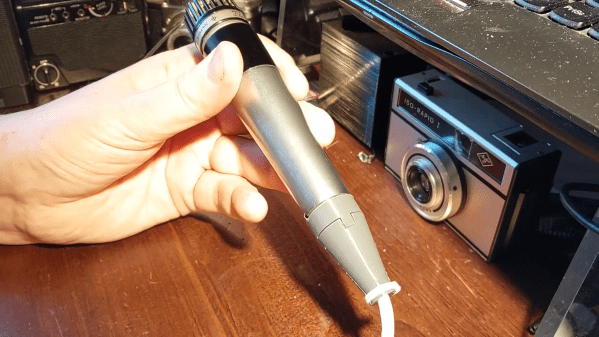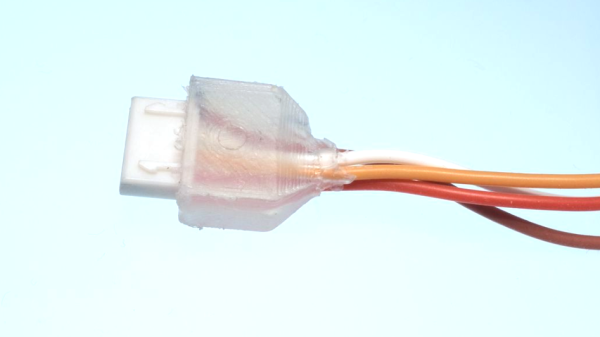USB-C as the “One Cable To Rule Them All” has certainly been a success. While USB-A is still around for now, most of us have breathed a hefty sigh of relief with the passing of micro-USB and the several display and power standards it replaces. It’s not without its minor issues though. One of them is that it’s as susceptible as any other cable to a bit of strain. For that, we think [NordcaForm]’s 3D-printed USB-C cable strain relief is definitely a cut above the rest.
Waxing lyrical about a simple 3D printed model might seem overkill for Hackaday, and it’s true, it’s not something we do often, but as Hackaday writers travel around with plenty of USB-C connected peripherals, we like the design of this one. It’s flexible enough to be useful without resorting to exotic filaments, and since it’s available in a few different forms with curved or straight edges, we think it can find a place in many a cable setup. Certainly more of an everyday carry than a previously featured 3D print. If you want to learn more about USB C, we have a whole series of posts for you to binge read.
















